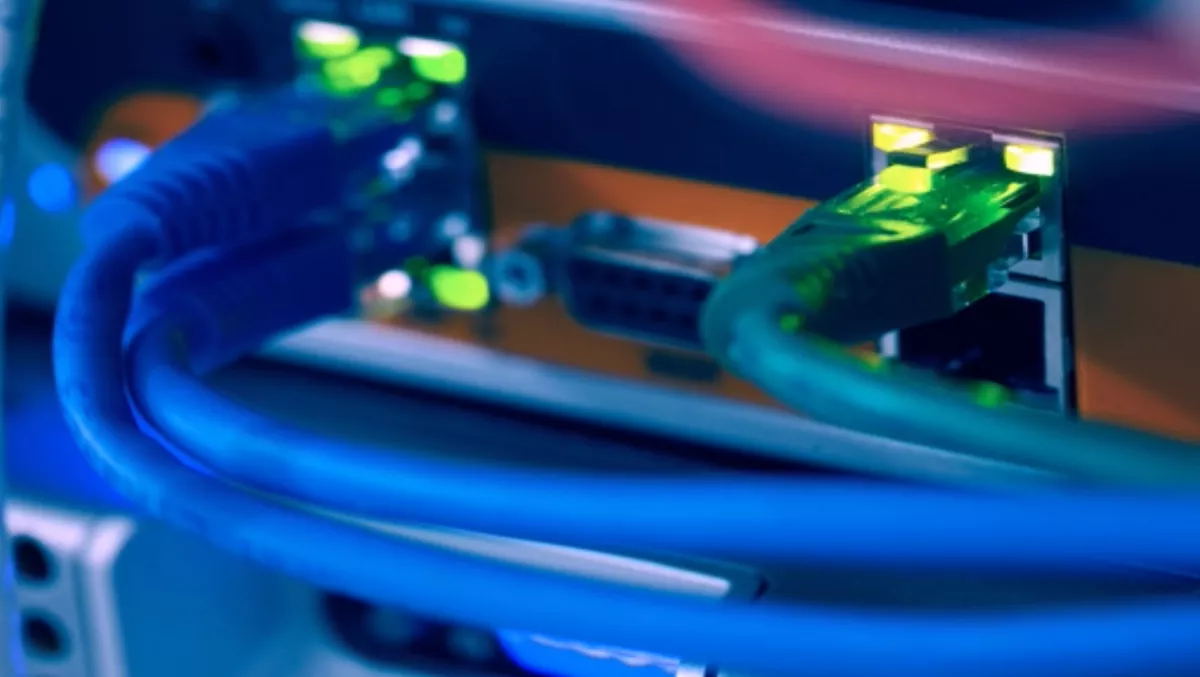
From phones to data centres... Is Ethernet still going places?
Over the past 40 years, Ethernet has become the quintessential and standard network solution for an increasingly diverse array of applications, be it wired or wireless, enterprise or telecom networks.
Yet even today Ethernet’s history is far from written.
The technology transitioned from an ingenious invention by Robert Metcalfe to carry information from one printer to another at Xerox Palo Alto Research Centre (PARC) in the early 1970s to a much more scalable and adaptable system running at Gigabit speeds for Internet and office applications in the 1990s.
More recently, it has evolved from its enterprise roots to infiltrate high performance data centers and metro network rings at 10 GbE speeds, offering predictable performance with quality of service, improved latency and seamless access to a wide array of applications and services, powering phone calls and data servers.
Yet Ethernet continues to go from strength to strength, transcending even the bigger and faster networks that will extend its reach into the future in the coming decade.
Ethernet keeps proving that its potential is limitless due to its flexibility. Just as phone calls have been enhanced and expanded in recent years with the introduction of VoIP, we can expect to see Ethernet revolutionise everything from the way we conduct board meetings, to the way we watch movies, and even how we drive our cars.
The very recent introduction of Audio Video Bridging (AVB) standards technology, backed by the IEEE, allows Ethernet to support highly sophisticated audio and video over the Ethernet network, and this is a big step.
Going forward with AVB, Ethernet will find its way into millions of automobiles in the next decade, due to its lower cost, lower weight of cabling, high performance and simplicity.
Evidence of this came in late 2012 when Hyundai announced plans to partner with Broadcom to wire a number of its new models with Ethernet to converge once disparate systems into a single network, including the infotainment consoles, safety, ABS brakes and GPS. Streamlined Ethernet cabling will reduce the weight of vehicles, ultimately boosting fuel efficiency and helping auto-makers to achieve improved fuel economy standards.
Yet again, Ethernet will not stop there. AVB lets Ethernet play a role in modern AV systems (sound and video where the highest quality is required), be it within conference rooms, television and radio broadcast studios, concerts and stadiums and auditoriums.
In three words: Ethernet is everywhere.
By George Siamos, Country Manager Australia and New Zealand, Extreme Networks
Is Ethernet still everywhere?

